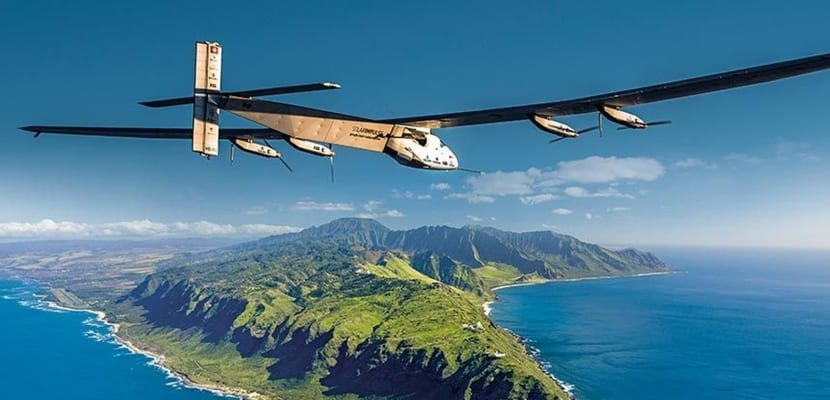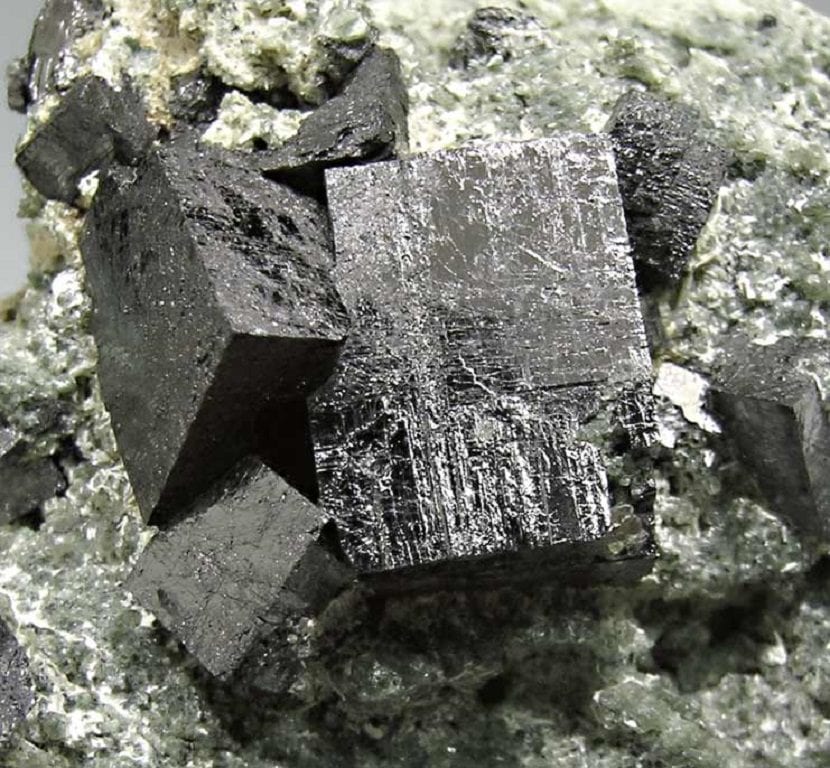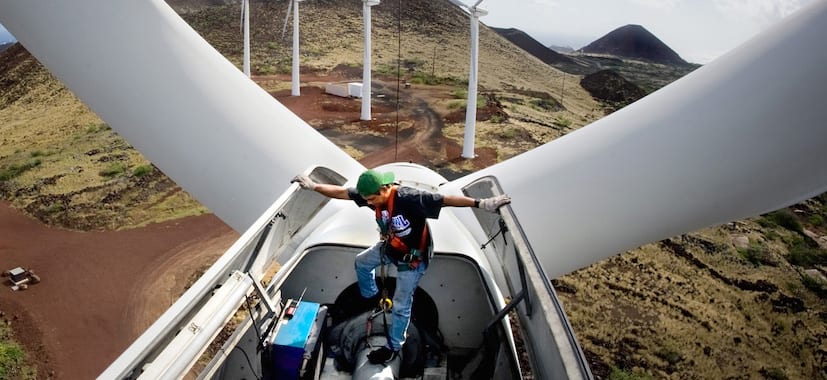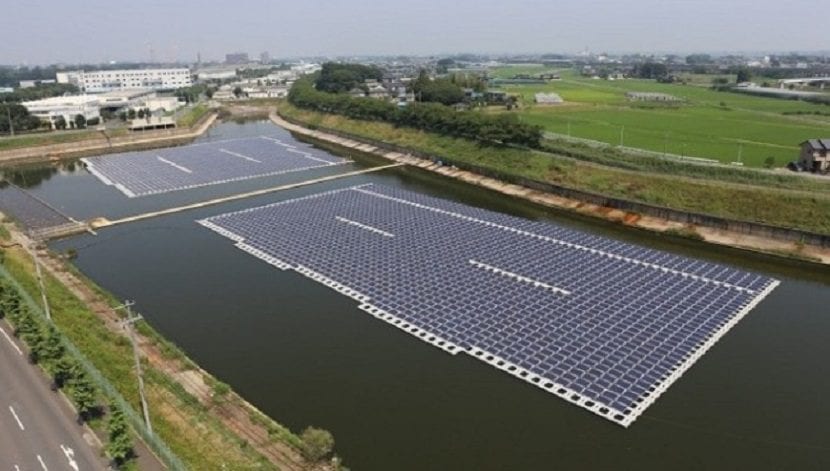
Although we associate the idea of capturing and harnessing energy from the sun with solar panels, humanity has exploited this energy source since thousands of years ago to light and heat your home, get hot water and cook. As for the wind, the current mills are an evolution of those already portrayed in Don Quixote Cervantes.
Technological advances have turned the energy of the sun and the wind, among others, into something increasingly efficient and easy to use, but there is still a long way to go before we can permanently forget about fossil fuels and use only alternative energies. Hundreds of groups of researchers and engineers around the world are working to improve the efficiency of these energies, and these are some of their ideas.
1. Perovskites

Today's silicon-based solar cells suffer from some limitations: they are made of a material that rarely it is found in nature in the pure and necessary form to make them, they are stiff and heavy, and their efficiency is limited and difficult to scale. Some new materials, called perovskites, are postulated among the best advances to solve these limitations, thanks to the fact that they depend on abundant elements and cheap as they have the potential to achieve greater efficiency.
Perovskites are a wide category of materials in which organic molecules formed mostly by bonds of carbon and hydrogen with a metal, such as lead, and a halogen, such as chlorine, in a lattice-shaped crystal. They can be obtained with relative ease, cheaply and without emissions, resulting in a thin and light film that can be adapted to any shape, which would allow to manufacture solar panels in a simple, efficient way and with a adaptable result and easy to install.
However, they have two drawbacks: the first is that the possibility of integrating them into mass production it has not yet been proven; the other, that they tend to break down pretty fast in real conditions.
2. Photovoltaic ink

To solve these drawbacks of perovskites, a team from the US National Renewable Energy Laboratory has devised a new method with which to handle them. It is about making a 'photovoltaic ink that allows them to be in automatic production processes.
This investigation began with a very simple pervoskite composed of iodine, lead and methylammonium. Under normal conditions, this mixture would easily form crystals, but it would take a long time at high temperatures to solidify later, which would delay and make a manufacturing process more expensive. So the team looked for conditions that would accelerate crystal formation, which involved replacing some of the material with other compounds, such as chlorine, and adding what they called a "negative solvent," something that would settle the solution quickly.
3. Double rotor wind turbines
According to engineers Anupam Sharma and Hui Hu, from the Iowa Energy Center, the base of wind generators has two major problems that limit their efficiency: one, that they are large round pieces that do not generate energy in themselves, and the second, that they cause a disturbance in the wind which also reduces the energy of any generator located behind them by between 8 and 40% depending on the conditions.

Your solution is add a second rotor, smaller, to each turbine. According to their simulations and tests carried out in wind tunnels, the added blades increase the energy generated by up to 18%. The plan is to develop a turbine with double rotor as efficient as possibledetermining where is the best place to put the second, how big it should be, what shape its base should be, and whether it should rotate in the same direction as the main rotor, or just the opposite.
4. Floating solar panels
Since 2011 the French company Ciel & Terre has been working to create large scale floating solar panels. Its system, called Hydrelio Floating PV allows common solar panels are installed over large bodies of water such as lakes, reservoirs and water channels for irrigation and the like, as well as dams for photovoltaic power generation. It is about creating a simple and affordable alternative to terrestrial solar parks, especially thinking about industries that use large areas of water and that they don't have to quit to give them more use.

According to the company, they are easy to assemble and disassemble, they can be adapted to different electrical configurations, they are scalable and there is no need to heavy equipment or tools. The first facilities of this type have been built in the United Kingdom and Japan.